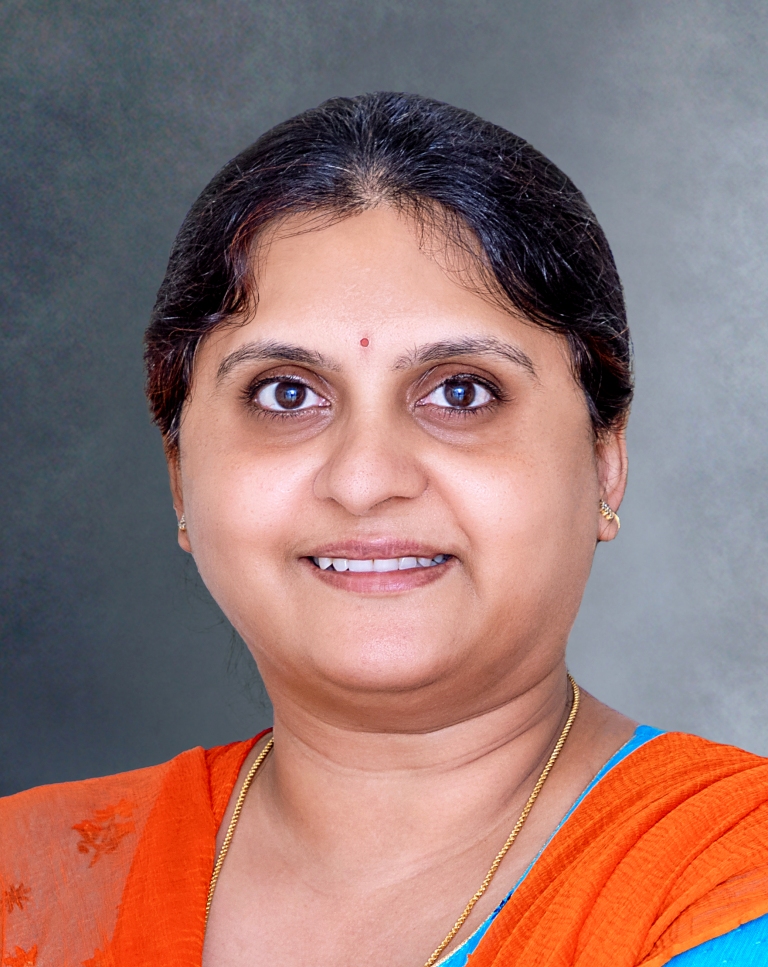Cancer, a multifaceted disease, can present in various forms, each posing a unique challenge. It often lurks silently, manifesting its presence when least expected. In the fight against cancer, spotting it early is like turning on a light in a dark room—it illuminates the path to better health. The crucial weapon in this battle is screening. Screening in healthcare refers to systematically evaluating individuals who do not necessarily exhibit symptoms of a particular disease or condition but may be at risk of developing it. These screenings have demonstrated a remarkable ability to identify abnormalities long before they become symptomatic, offering access to more effective treatment options leading to higher survival rates.

Breast cancer is one of the most prevalent forms affecting women worldwide. In India, data from the National Cancer Registry Programme (NCRP) reveals that breast cancer accounts for approximately 14% of all cancer cases among Indian women. With an estimated 160,000 new cases diagnosed annually, it emphasises the significance of regular Mammograms and self-examinations. Detecting abnormalities in breast tissue at an early stage vastly improves treatment outcomes and survival rates. According to the American Cancer Society, Mammography screening reduces breast cancer mortality by approximately 20-40%.
Cervical cancer remains a significant public health concern in India, where it’s the second most common cancer among women, with an estimated 96,922 new cases annually, as reported by the Indian Council of Medical Research (ICMR). Screening, primarily through vaginal examinations, Pap smears and HPV testing in the clinics, has revolutionised women’s healthcare worldwide. These tests detect precancerous lesions and viral infections early on, allowing for timely intervention, promoting vaccination against high-risk HPV strains and prevention of cervical cancer development. The Centers for Disease Control and Prevention (CDC) reports that regular Pap smears can detect cervical abnormalities early, leading to a 90% cure rate for early-stage cervical cancer.
Uterine and ovarian cancers pose unique challenges due to their asymptomatic nature in the early stages. Uterine cancer constitutes 5-6% of all cancers among Indian women, as estimated by the Indian National Cancer Registry. Ovarian cancer, with its rising incidence, often referred to as the “silent killer,” poses a unique challenge due to its subtle symptoms and elusive nature. Transvaginal ultrasound and blood tests like CA-125 promise to detect these cancers earlier, offering women better treatment prospects. Uterine cancer has a 95% survival rate when diagnosed at the localised stage.
Despite the undeniable benefits of early detection, significant barriers persist. Socioeconomic disparities, limited access to healthcare services, and cultural stigma surrounding women’s health lower the screening rates and worsen the outcomes. Community outreach programmes, educational campaigns, and policy initiatives are pivotal to increasing awareness and facilitating access to screening services for women across diverse strata.
In the journey against cancer, early detection emerges as a hope for women battling various forms of the disease worldwide.

Shared By: Dr Sreelakshmi Lanka,
Consultant Department of Obstetrics & Gynaecology, Fernandez Hospital





